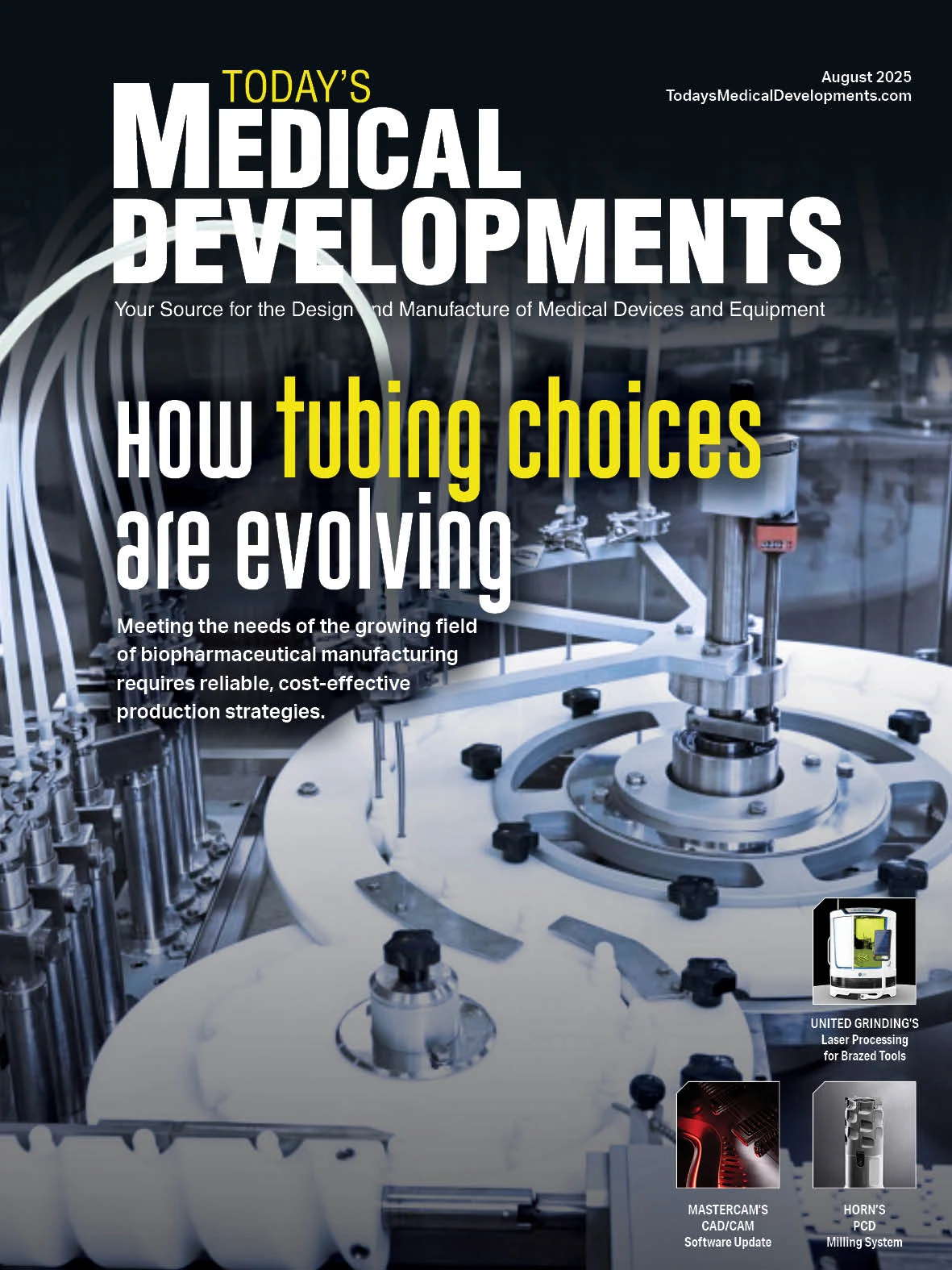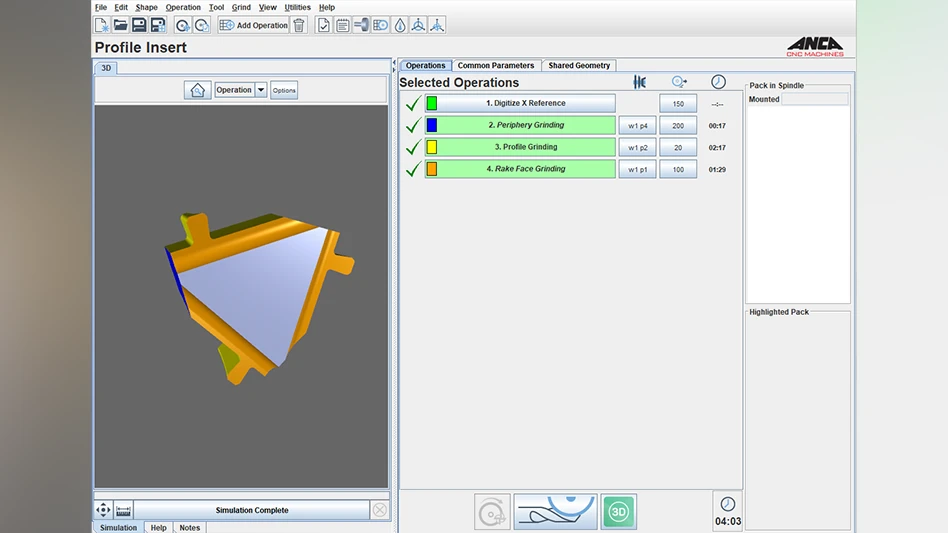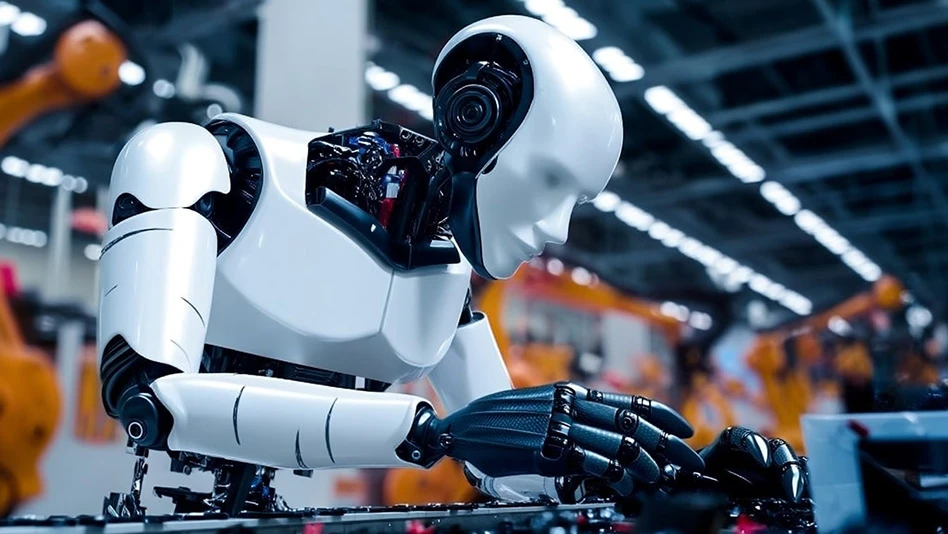
CScott@gie.net
As a millennial, I’ve seen vast changes in technology throughout my lifetime. In high school, I was one of the last people I knew to get a computer, still using a typewriter to write papers well into junior year. I remember trying to figure out how to browse the web in the school library and keeping a large, blocky “car phone” beside me in case of emergency when I started driving. Fast forward to the present day, when computers and phones have merged, young children are expert tablet users, and artificial intelligence (AI) is a near-constant companion in the workplace and in daily life.
The pace at which technology is currently evolving is unprecedented, and keeping up is a challenge. In a recent study, highlighted on page 8 of this month’s issue, Riverbed Technology reported 92% of manufacturers surveyed agreed AI offers a competitive advantage, but only 32% are fully prepared to implement it. However, 83% of manufacturing leaders expect their organization to be fully prepared to implement their AI strategy and projects by 2027 – a large jump to make in two years.
How can manufacturers effectively make this jump? The first step is acknowledging AI isn’t going away – it’s going to continue to rapidly advance, and keeping up with these advancements will be critical to remaining competitive. Most manufacturers have at least reached this first step and are creating strategies for staying on top of the AI wave – more than half of survey respondents stated they’re investing in infrastructure and talent to accelerate AI integration.
When investing in talent, manufacturers would do well to turn to the generations who are most familiar with rapid technological change. According to Riverbed, business and IT decision-makers in the manufacturing sector largely perceive Gen Z and millennials as the most comfortable with AI – unsurprising as these generations have been required to constantly adapt to new technology throughout their lifetimes.
Regular readers of Today’s Medical Developments likely don’t need convincing of the value of manufacturing careers, but an ongoing concern within the industry has been how to attract and retain new talent. Younger generations may overlook manufacturing, viewing it as a fading Rust Belt industry, but in reality, it can be an ideal environment for young people to apply the skills and knowledge they’ve gained from the technology-centered world in which they’ve grown up.
Manufacturers and job-seekers would both benefit from examining how younger generations can fit into the puzzle of an evolving, increasingly automated industry. Personally, I’m excited to see what manufacturing looks like in 2027 and beyond – how many organizations will meet their AI readiness goals, and what role will my generation and those following play in the transition?

Explore the August 2025 Issue
Check out more from this issue and find your next story to read.
Latest from Today's Medical Developments
- Arcline to sell Medical Manufacturing Technologies to Perimeter Solutions
- Decline in German machine tool orders bottoming out
- Analysis, trends, and forecasts for the future of additive manufacturing
- BlueForge Alliance Webinar Series Part III: Integrate Nationally, Catalyze Locally
- Robot orders accelerate in Q3
- Pro Shrink TubeChiller makes shrink-fit tool holding safer, easier
- Revolutionizing biocompatibility: The role of amnion in next-generation medical devices
- #56 Lunch + Learn Podcast with Techman Robot + AMET Inc.





